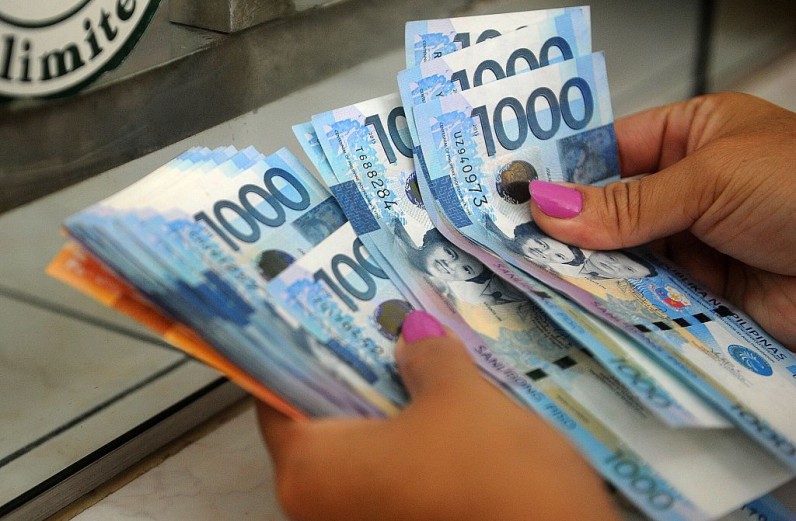According to recent announcements from the Finance Department, the Philippines has decided to increase its borrowing for 2024 to a staggering P2.57 trillion (via PhilStar).
This adjustment marks a 4% increase from the original plan, reflecting the government's need for substantial financial resources to meet its obligations and fund various projects.

Philippines Adjusts Borrowing Plan to P2.46 Trillion Amid Fiscal Challenges
Initially pegged at P2.46 trillion, the revised borrowing plan highlights the country's growing fiscal challenges. National Treasurer Sharon Almanza attributed this adjustment to changes in the budget deficit during recent Cabinet-level meetings.
The government has devised a strategic fundraising plan to meet this ambitious borrowing target, aiming for a 75:25 split between domestic and external funding. Approximately P1.93 trillion will be sourced from local lenders, with the remaining P642 billion sought from foreign creditors.
The country's finance secretary, Ralph Recto, acknowledged that a lower GDP forecast could hamper revenue generation, prompting discussions with revenue agencies like the Bureau of Internal Revenue and the Bureau of Customs.
Philippine Economists Warn of Fiscal Risks Amid Rising Borrowings
Economists have expressed concerns about the implications of higher borrowings on fiscal consolidation. ING Bank's senior economist Nicholas Mapa warned that increased borrowing could exacerbate deficit and debt challenges, especially in a high-interest-rate environment.
Ateneo De Manila University economist Leonardo Lanzona highlighted potential liquidity problems and the risk of defaulting due to escalating loans.
Meanwhile, Rizal Commercial Banking Corp.'s chief economist, Michael Ricafort, cautioned that the planned increase in borrowings might lead to higher interest rates, further complicating the fiscal landscape.
The first quarter of 2024 saw significant utilization of borrowed funds, with approximately 32.3% or about P830.39 billion already deployed. Domestic borrowings increased by 9% to P713.13 billion, while offshore financing experienced a sharp decline of 60% to just P117.26 billion.
This move follows projections from S&P Global Ratings, indicating a trend of increased borrowing among sovereigns. The Philippines is expected to sell $40 billion (P2.3 trillion) in new, long-term commercial debts this year alone.
S&P also forecasts a rise in the country's total commercial debt stock to $253.2 billion (P14.24 trillion) by the end of 2024, reflecting a broader global trend of governments seeking additional funding.








Join the Conversation